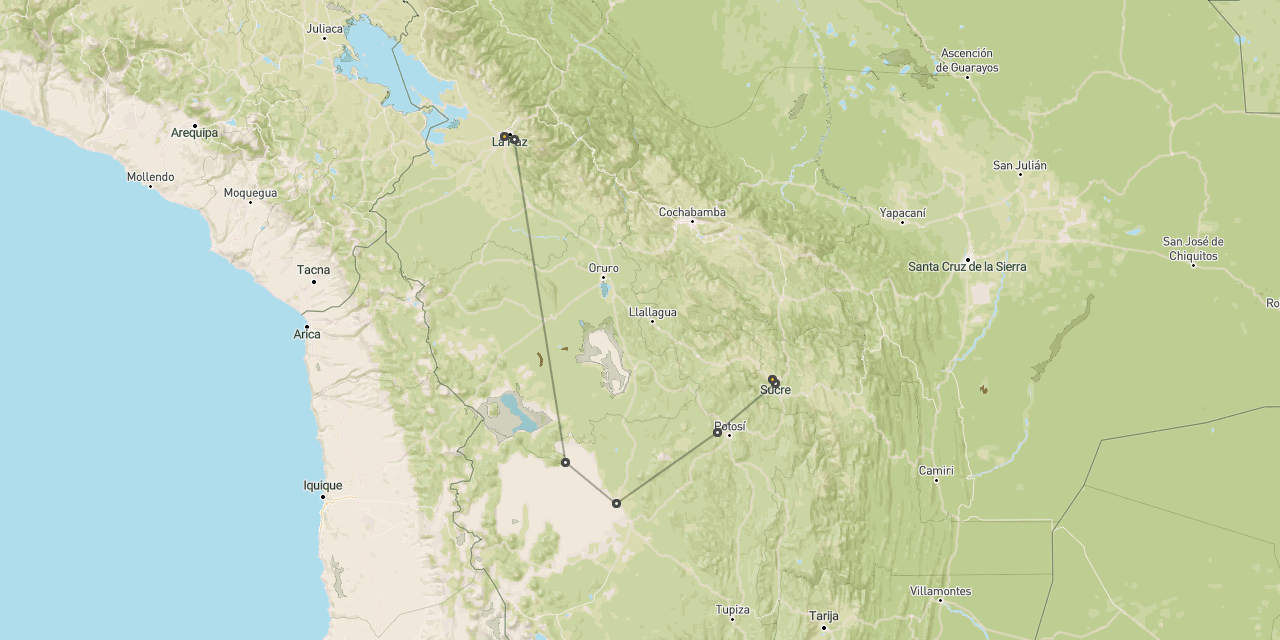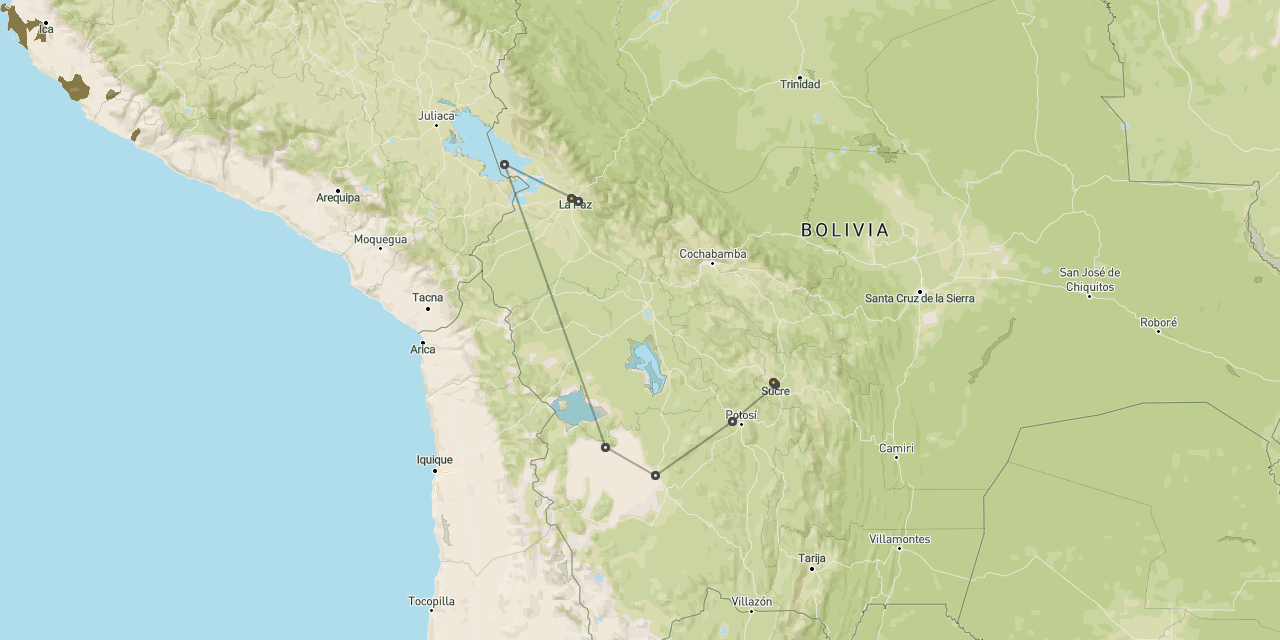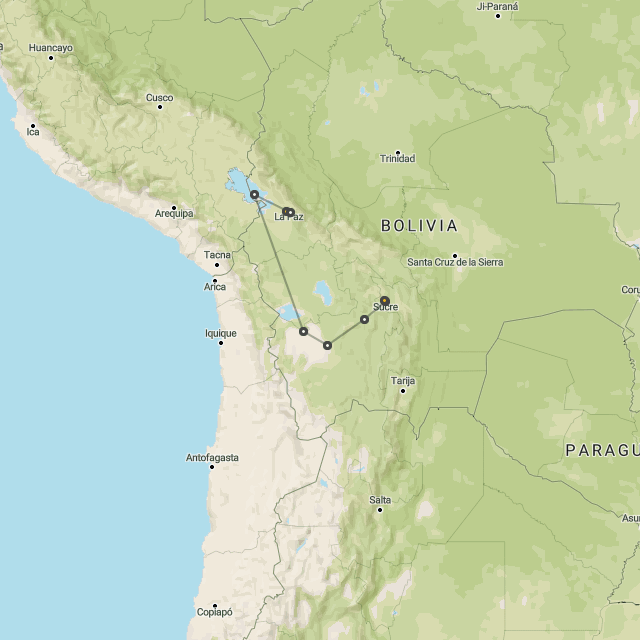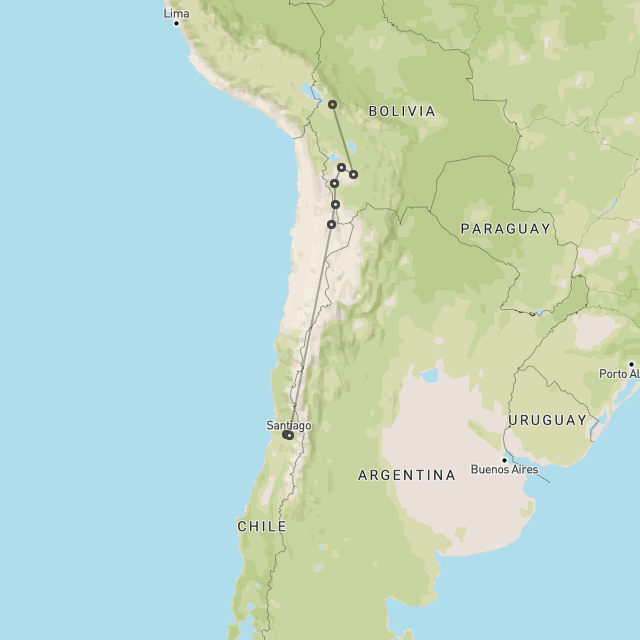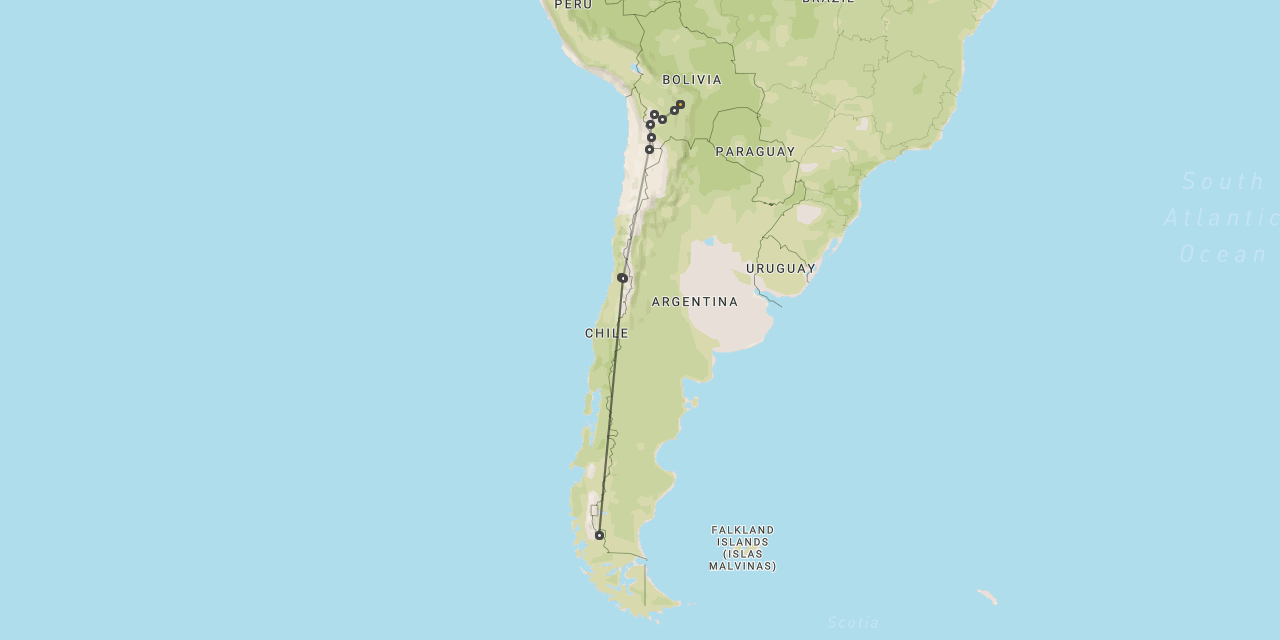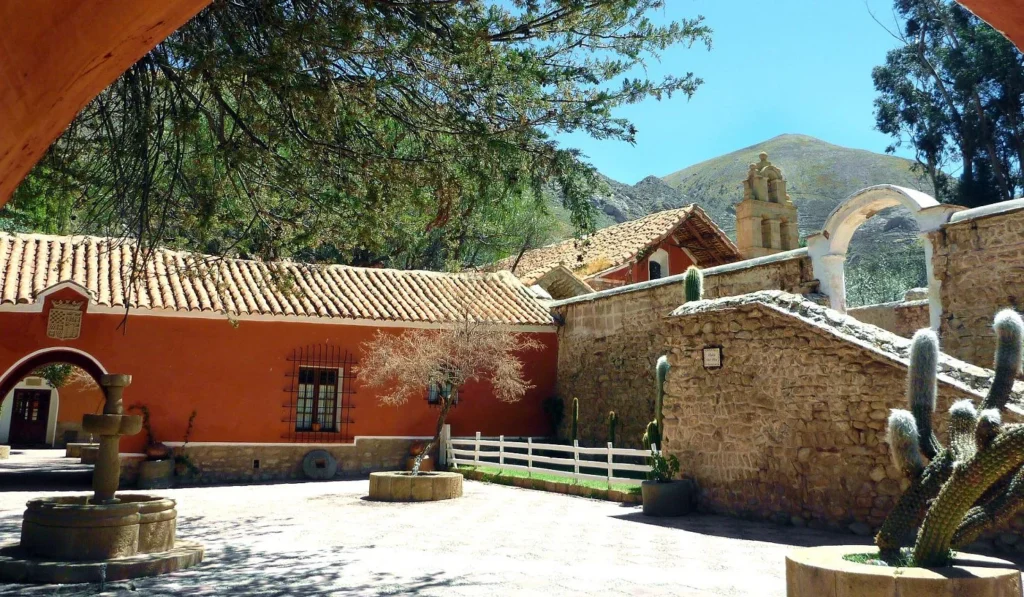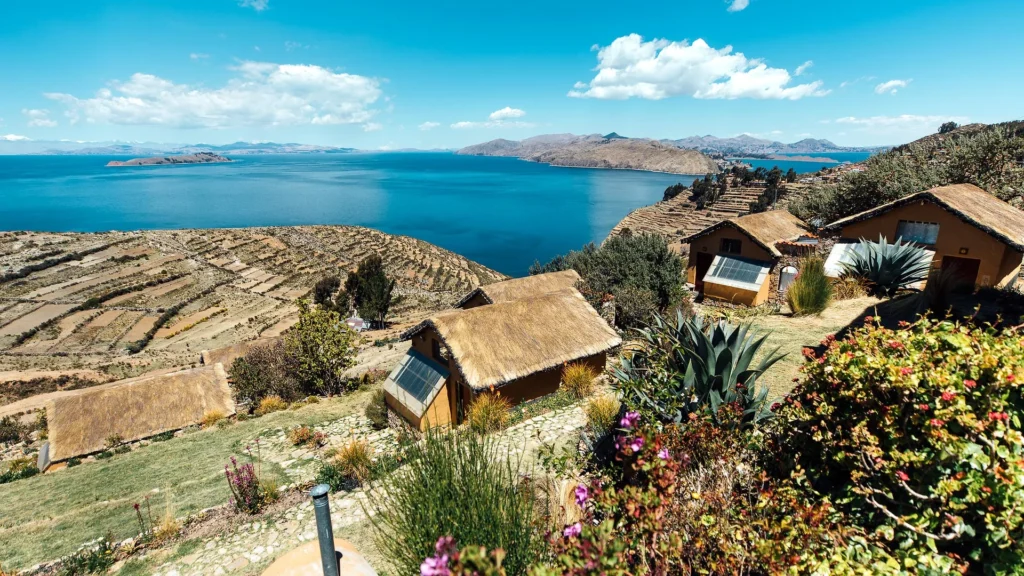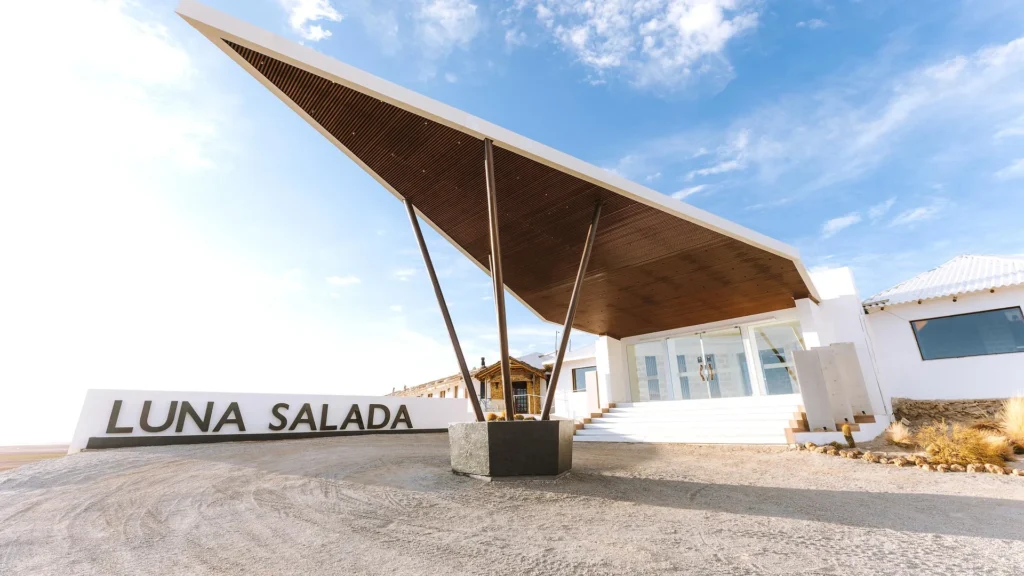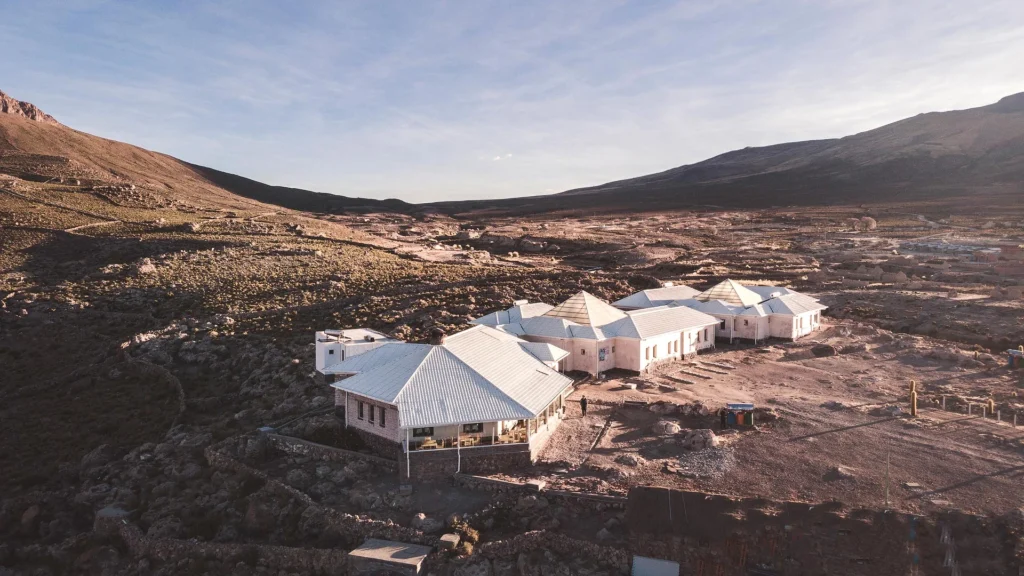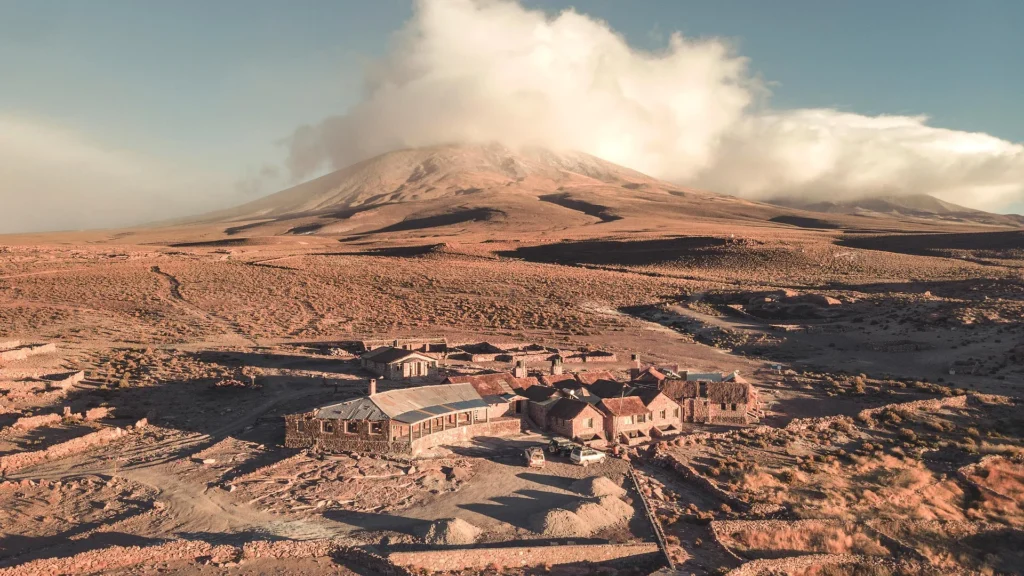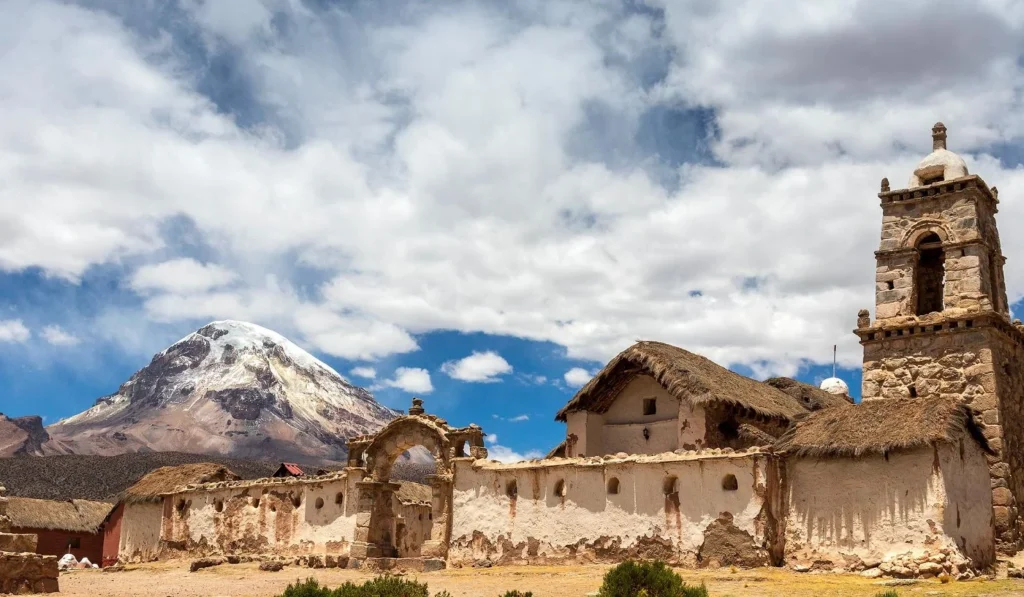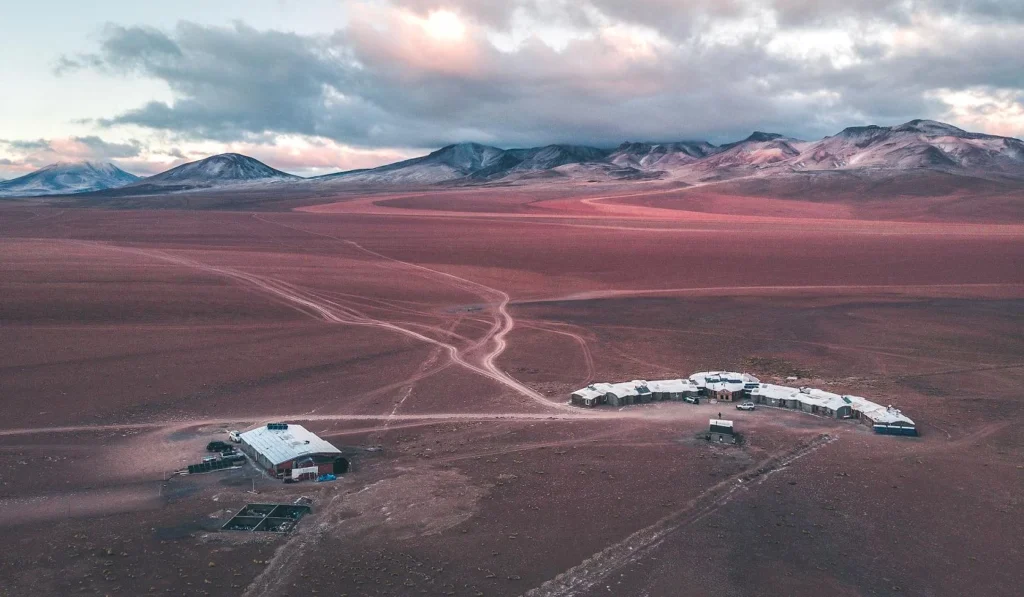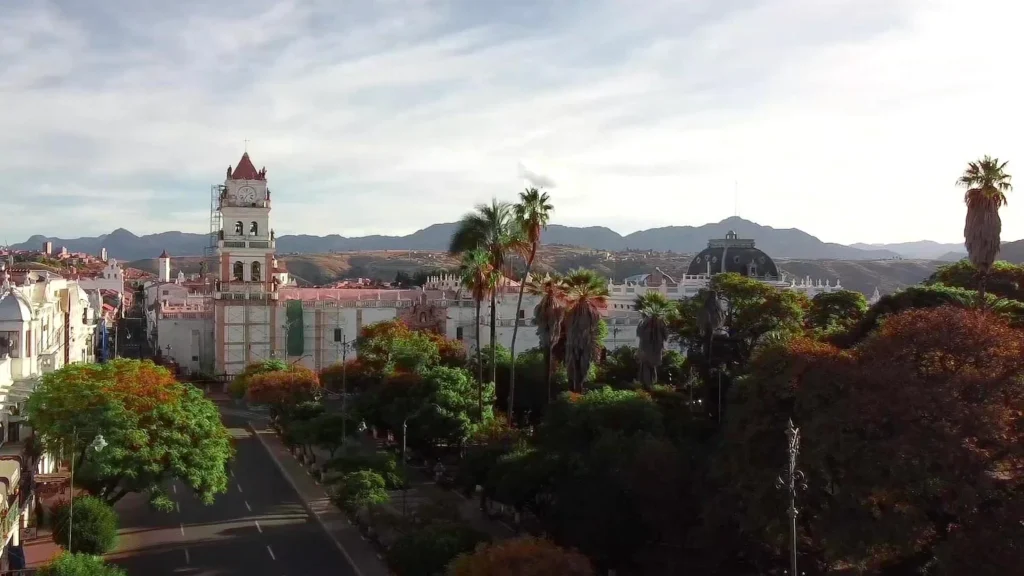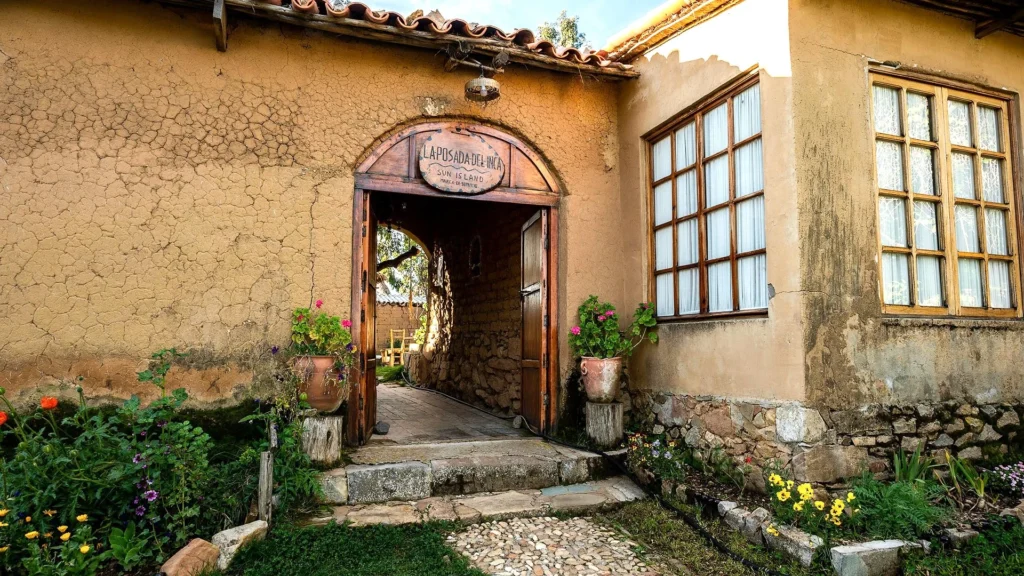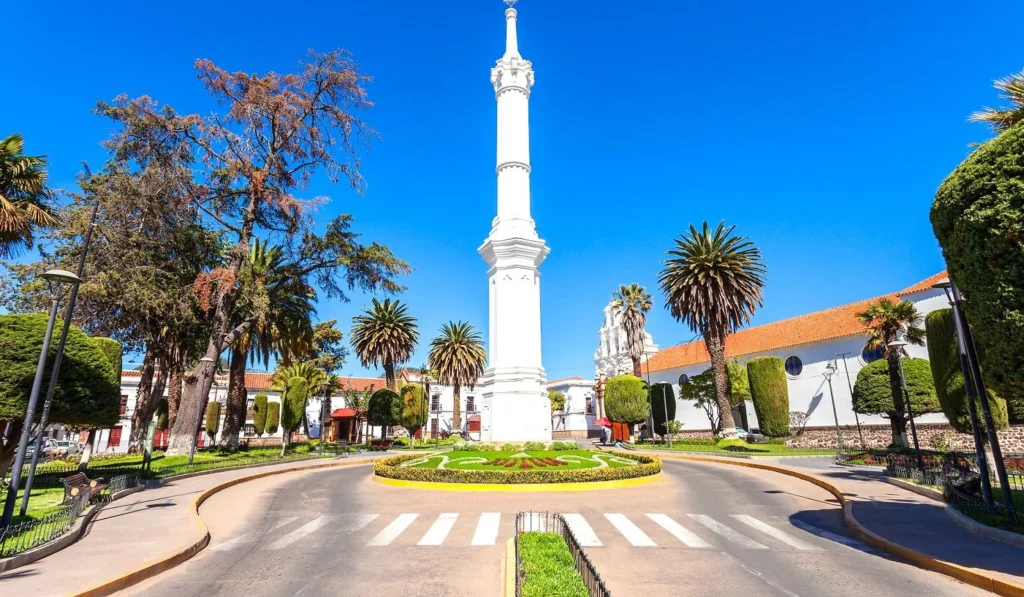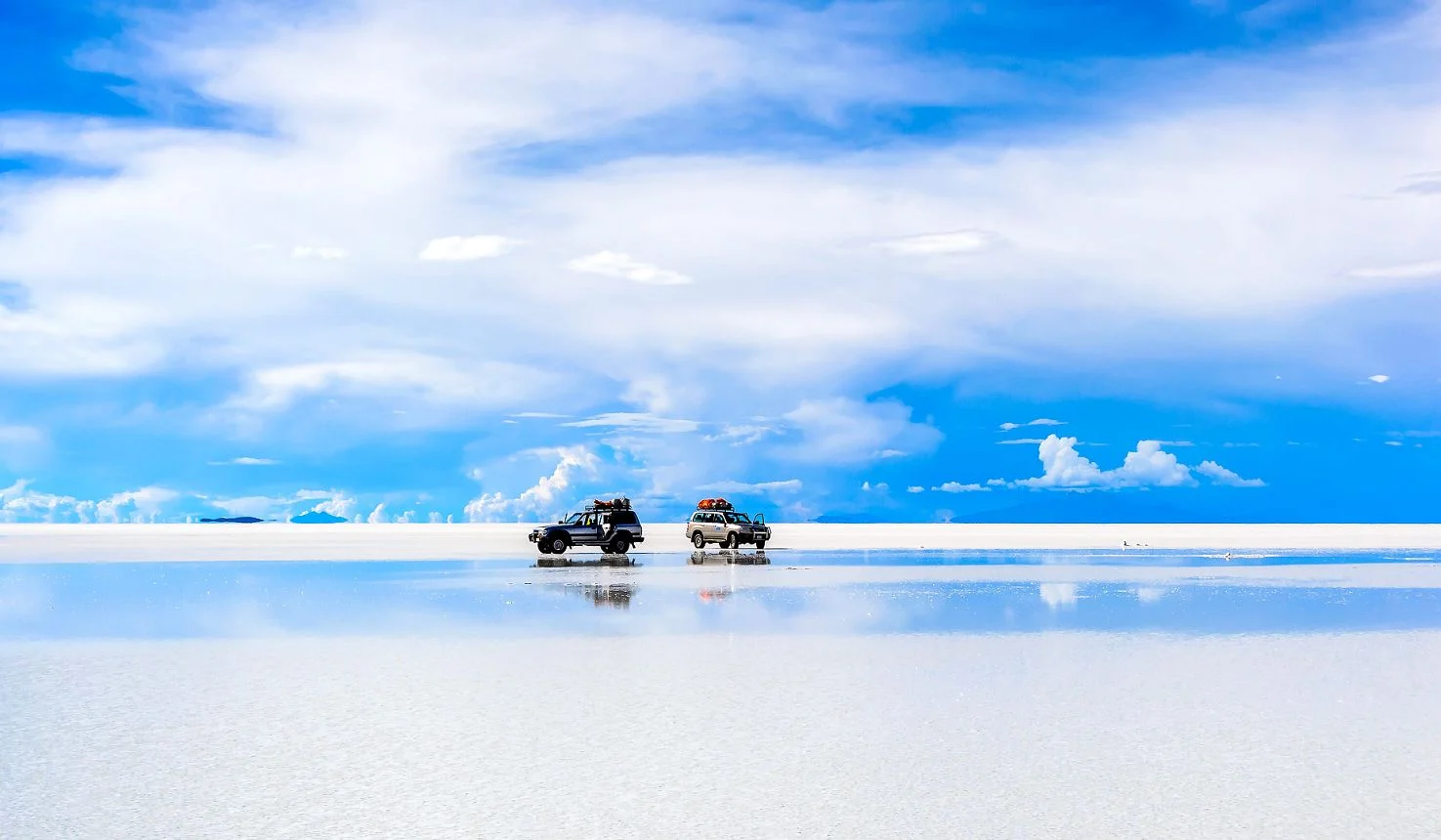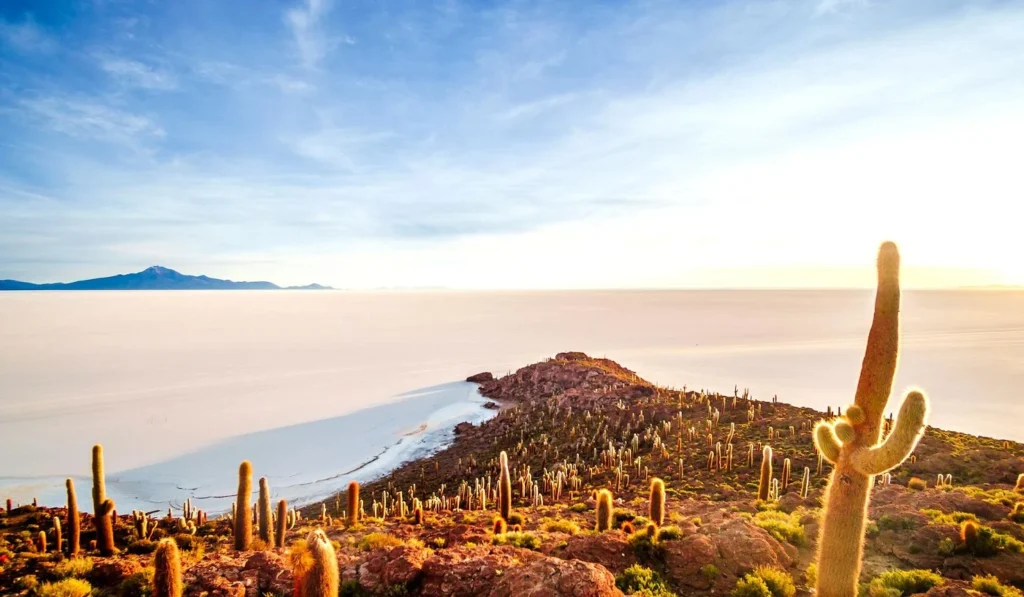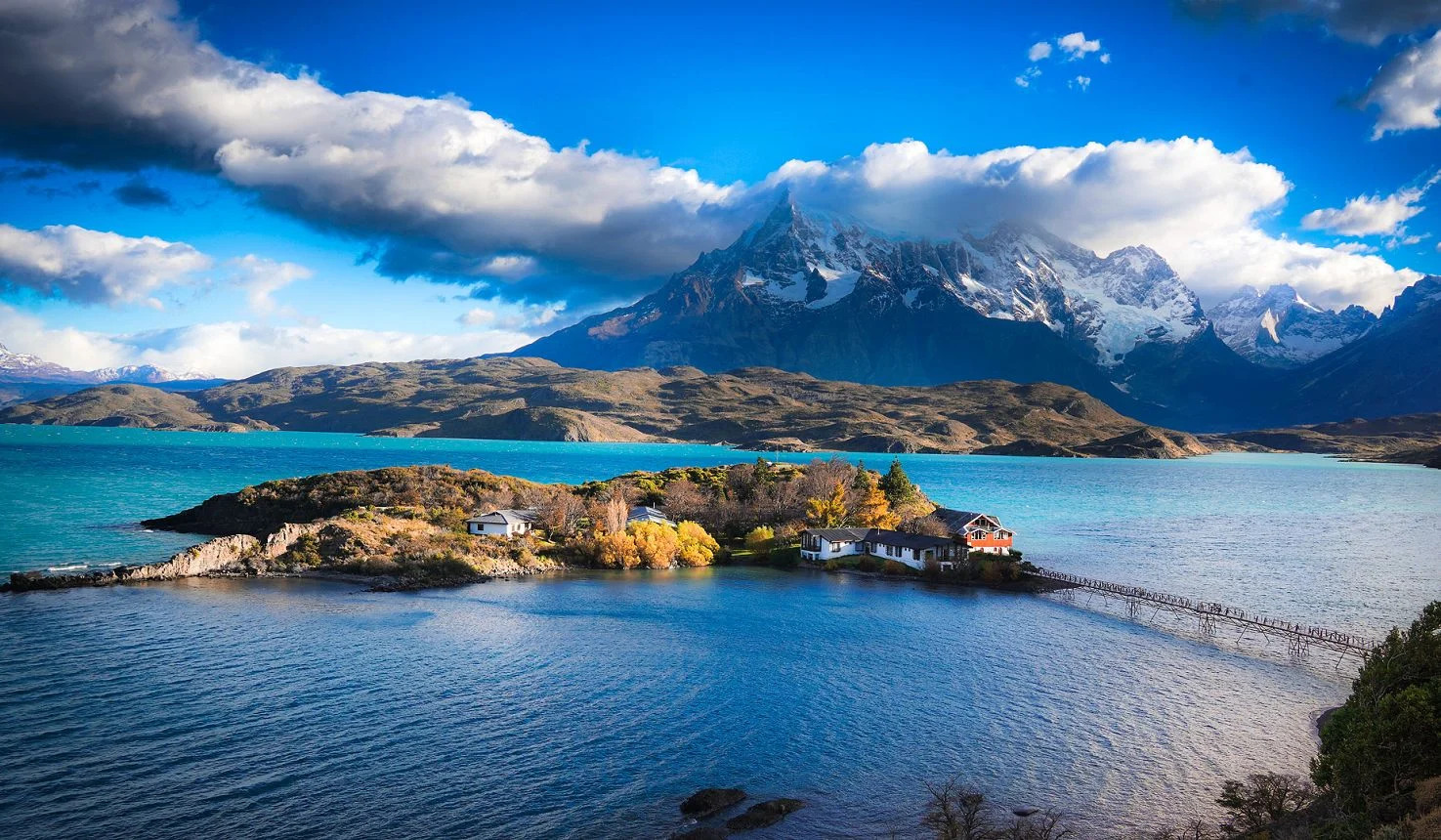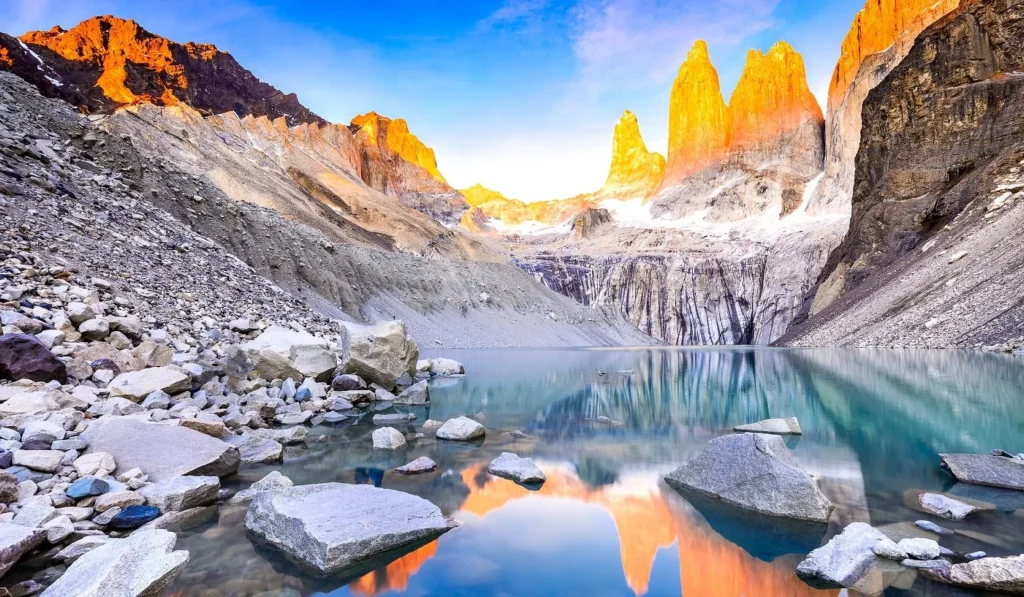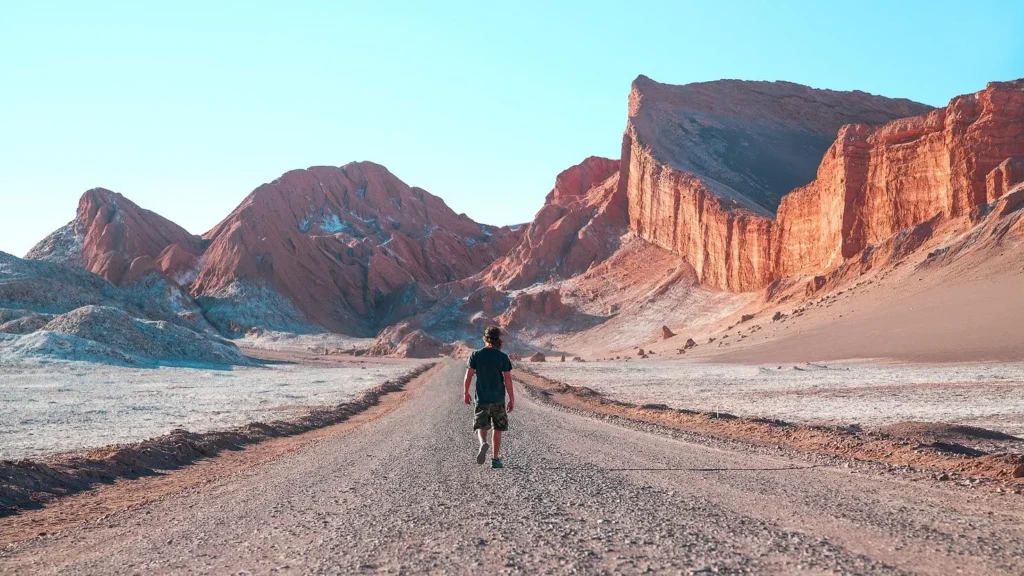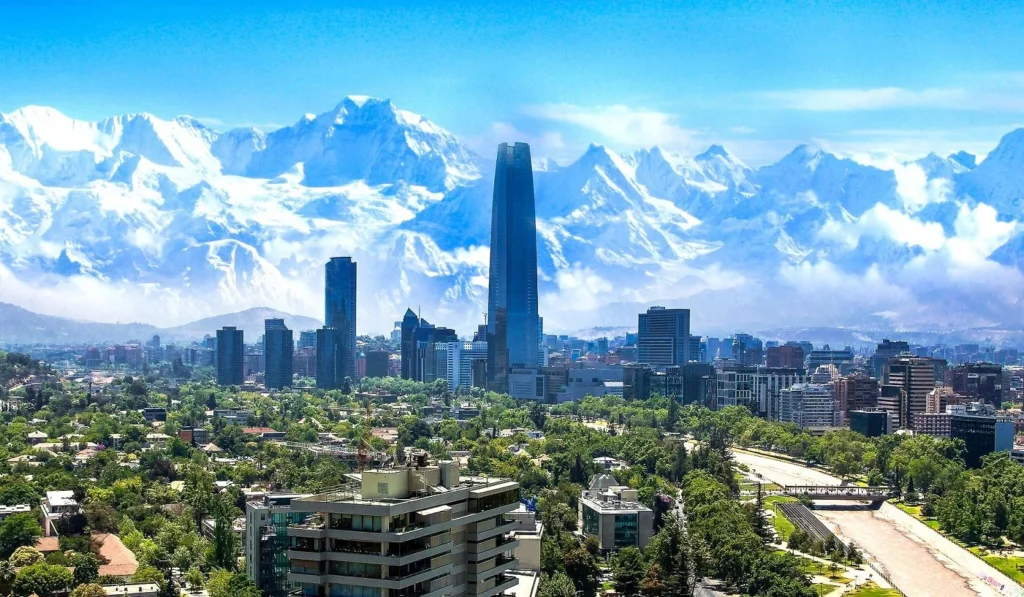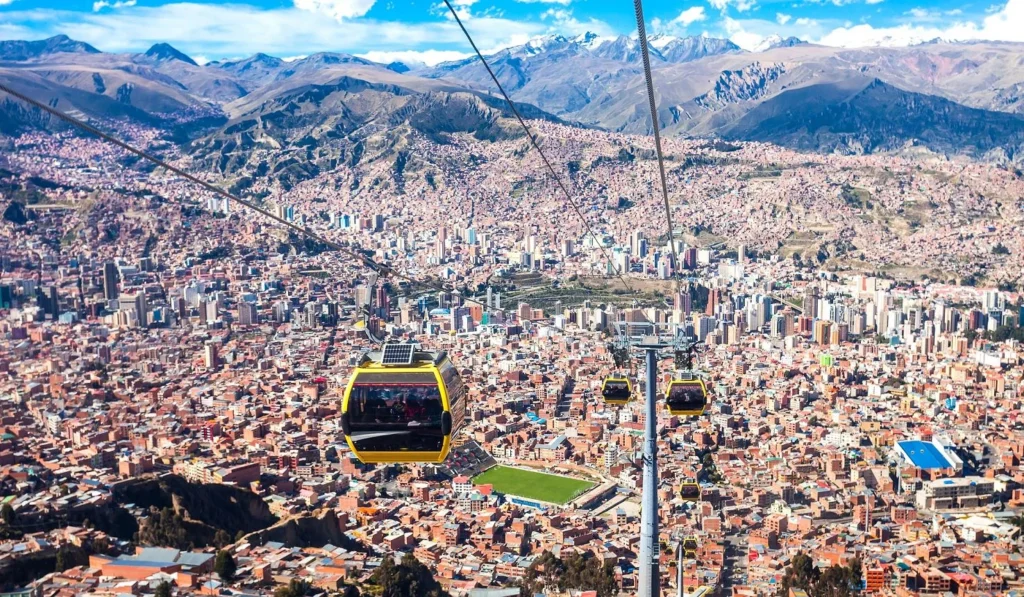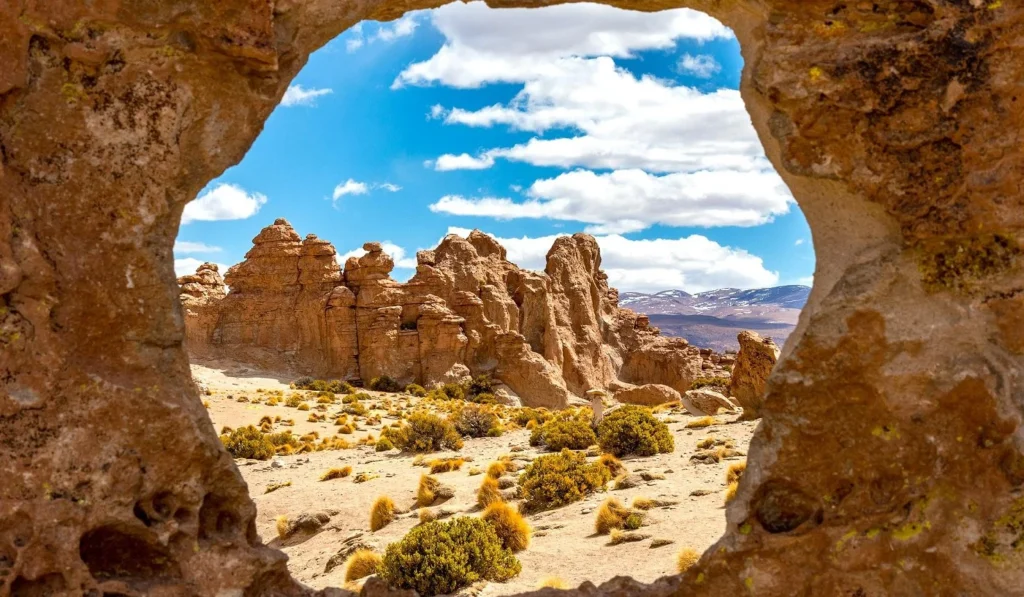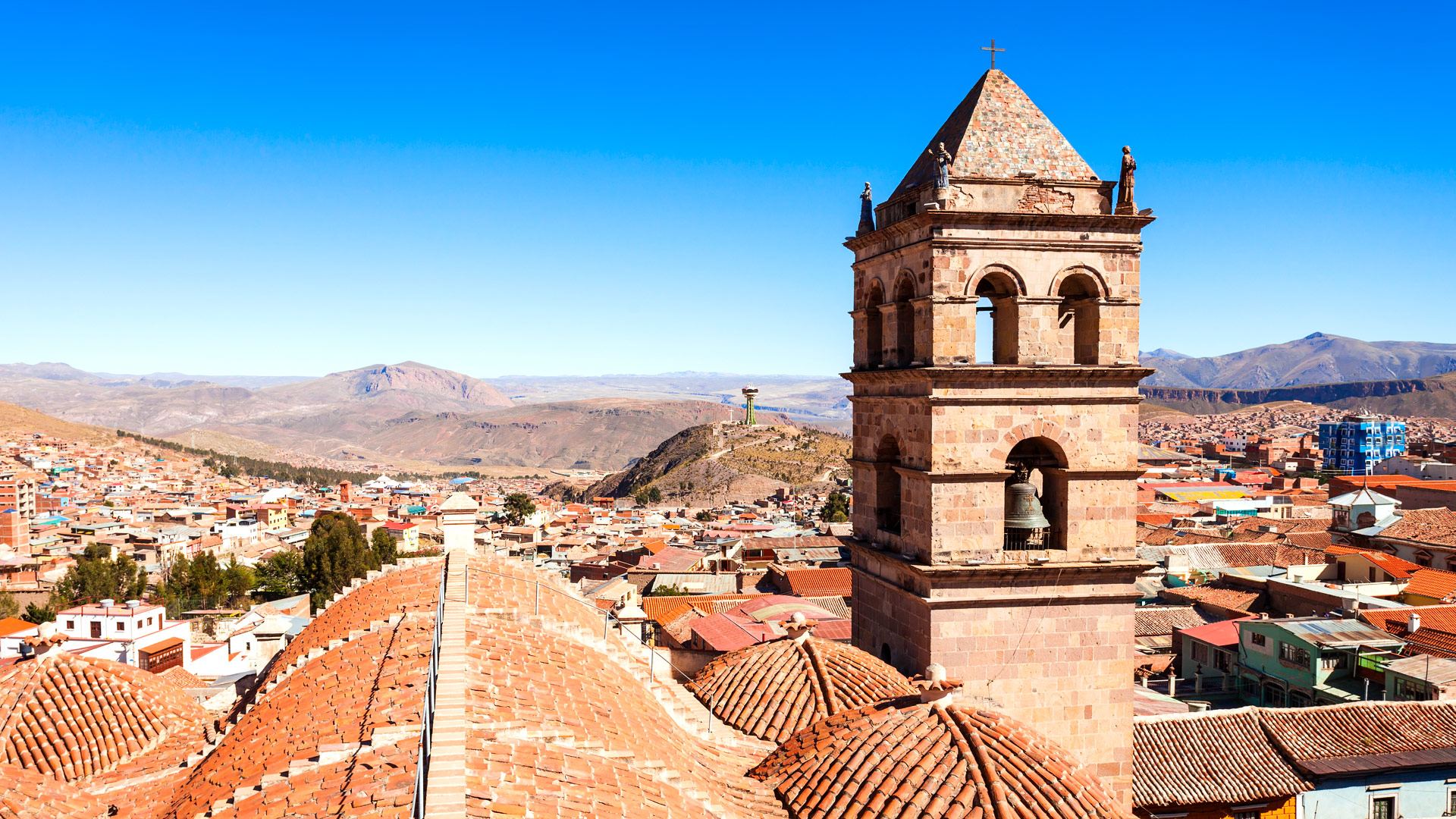
Safari to Potosi
Potosi
is home to a silver mine
of great historic importance
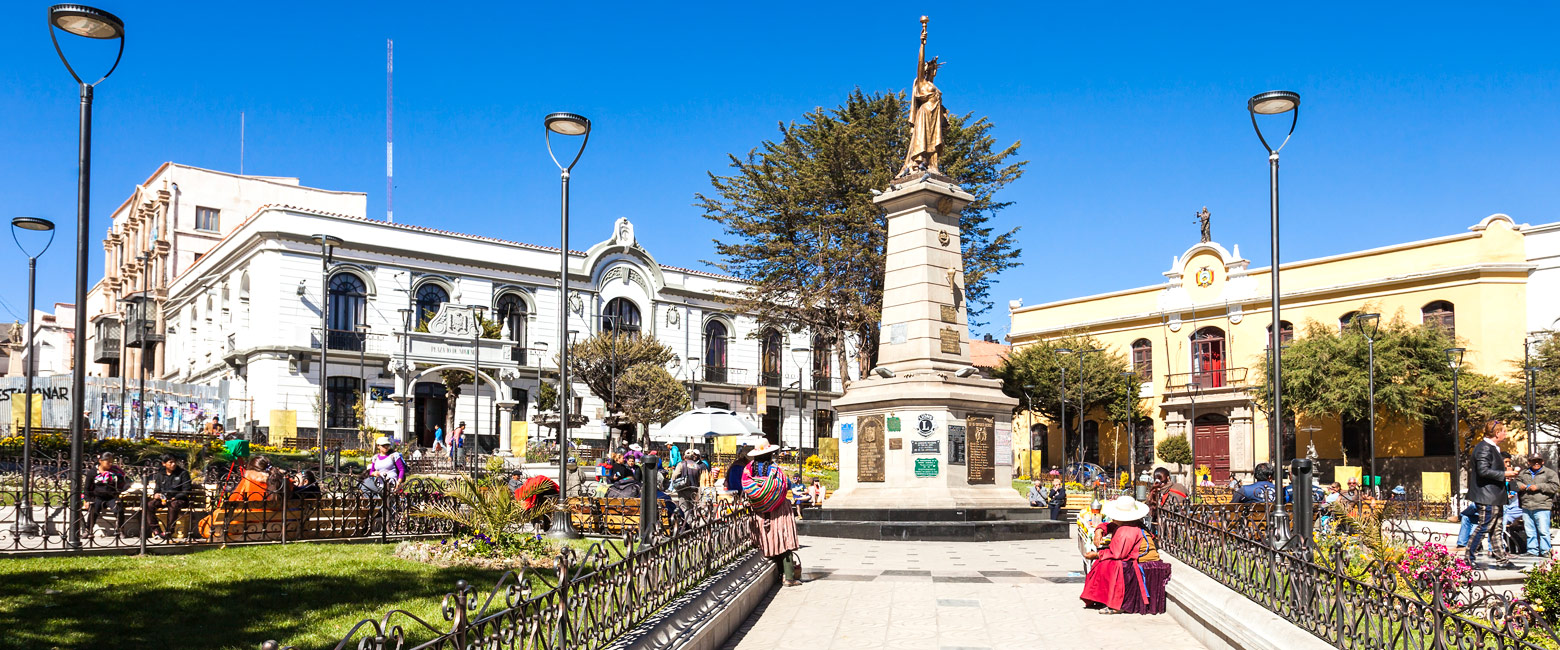
the source of all Pieces of Eight and Marie Therese Dollars
Set in the Andes Mountains of southcentral Bolivia, Potosi is a famous and historic silver mining town.
The town is set alongside the Cerro Rico, a mountain which has been the site of the richest mine in all of world history, having produced an estimated 55,000 tonnes (60,000 tons) of silver.
The first Spanish mine was established here in 1545 and immediately started to produce prodigious quantities of silver, which were locally minted into Spanish dollars, the famous Pieces of Eight of many a pirate legend
These riches were then carried all the way down to the Pacific on the backs of llamas, shipped north to Panama, carried across the isthmus by mules and then sailed to Spain on treasure galleons.
These Spanish dollars were produced in such quantities that they became the dominant form of currency worldwide. These are the coins upon which the US dollar was later based and which remained legal tender in the United States all the way up to 1857. They were so widely used that the word ‘peso’ (piece) went on to become the name of the currency in dozens of countries around the world.
Naturally the town of Potosi grew very fast and soon took on a mythical quality, a legendary and nebulous place of unfathomable wealth.
Over the centuries it’s estimated that literally millions of indigenous people and imported African slaves perished due to the terrible working conditions at the mines and from imported diseases.
By 1891 low silver prices prompted the changed the focus of the mining onto tin, which continued until 1985. These days there remains a small cooperative mining operation.
The modern town may not be as attractive as the nearby Sucre, but there are some major highlights, including a visit to the old Spanish mint and the active mines.
Potosi can only be visited by means of a private guided overland safari around the country, fitting in between Salar de Uyuni and Sucre.
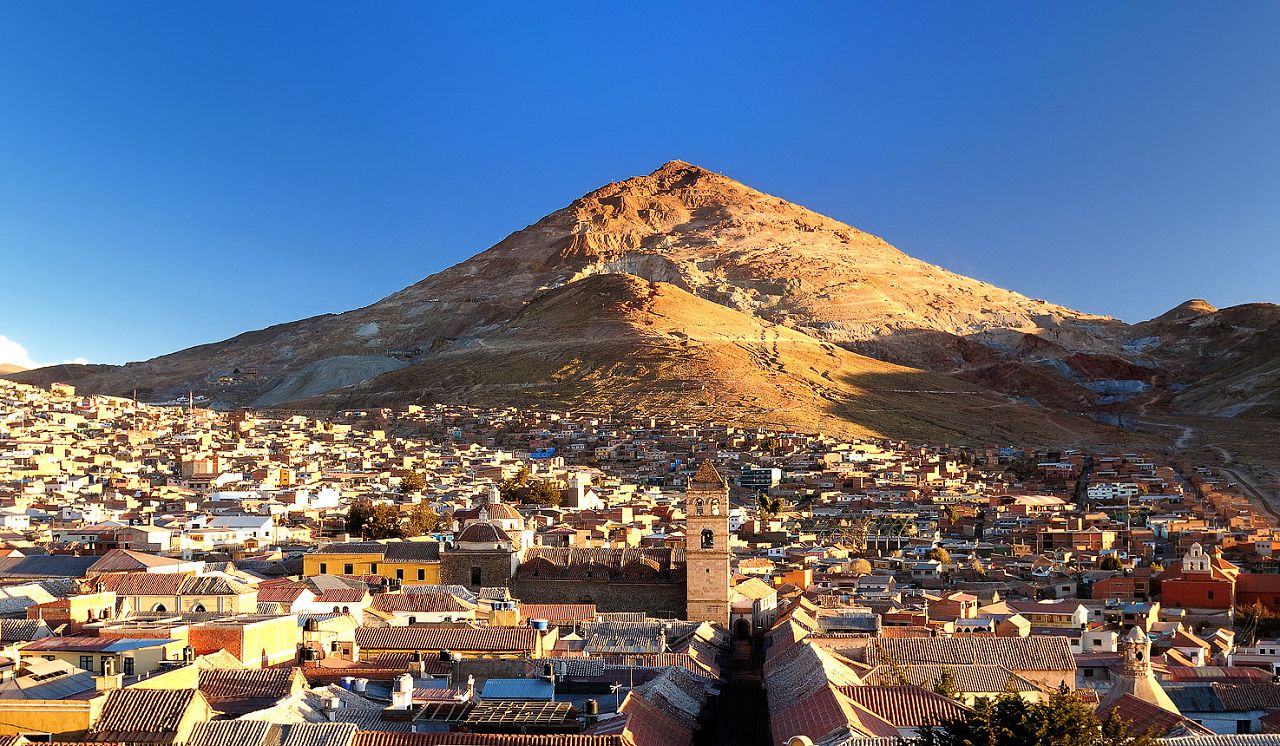
Gallery
Map
The best time to visit Potosi is generally considered to be during the Apr-Sep dry season.
Potosi has a subtropical highland climate, which is generally dry and temperate, with two clearly defined seasons.
During the Apr-Sep period the conditions are usually cool and clear, with lots of sunshine. Peak daytime temperatures are usually around 19C/66F, with nighttime lows regularly dropping to 8C/46F, but with occasional frosts. Average sunshine is up around 8-9 hours per day, peaking in August (around 75% of daylight hours).
Rainfall during this period is extremely low.
During the Oct-Mar period the conditions are also largely cool, but with a good deal more cloud cover. Peak daytime temperatures usually reach around 20C/68F, with nighttime lows holding up around 13C/55F. Average sunshine drops to around 5 hours per day in February (around 40% of daylight hours). Rainfall increases to around 125mm (5”) per month, peaking in Dec-Feb.
Getting there
The town of Potosi does not have an airport.
Potosi can only be visited by means of a private guided overland safari around the country, fitting in between Salar de Uyuni and Sucre.
If you are looking to keep road travel down to a minimum, then both those other places do have airports with connections to La Paz, so you just need to include the drive in and out of Potosi.
Where to stay
The Potosi area has one outstanding accommodation area, the historic Hotel Museum Cayara. Staying here is a great part of the attraction of including this area in a trip
home to Spanish conquistadors
let us know your thoughts about Bolivia
and we will help you create the perfect trip
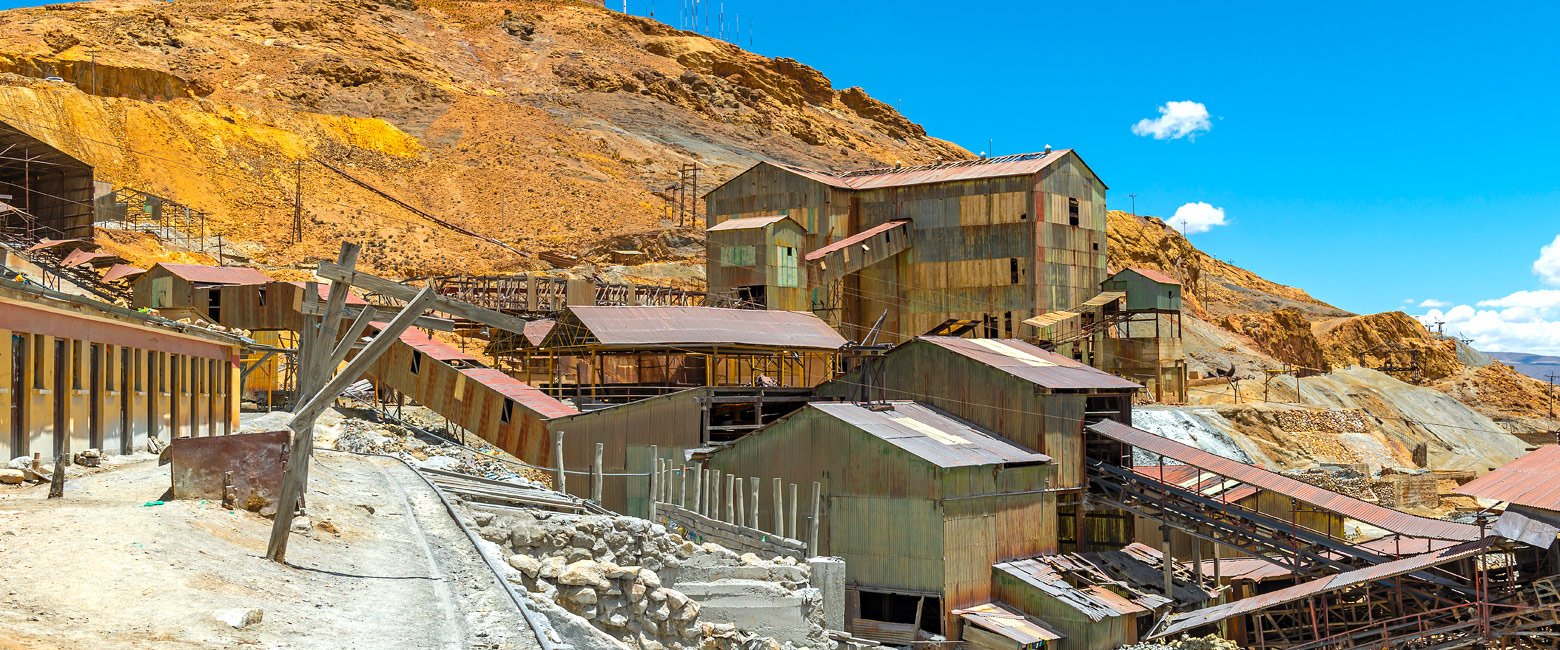
Extraordinary tailor-made adventures,
from earthy and edgy to easy and extravagant
From around USD 2500 per person, you set the ceiling
Sample Trips
Here are some of our popular trip shapes
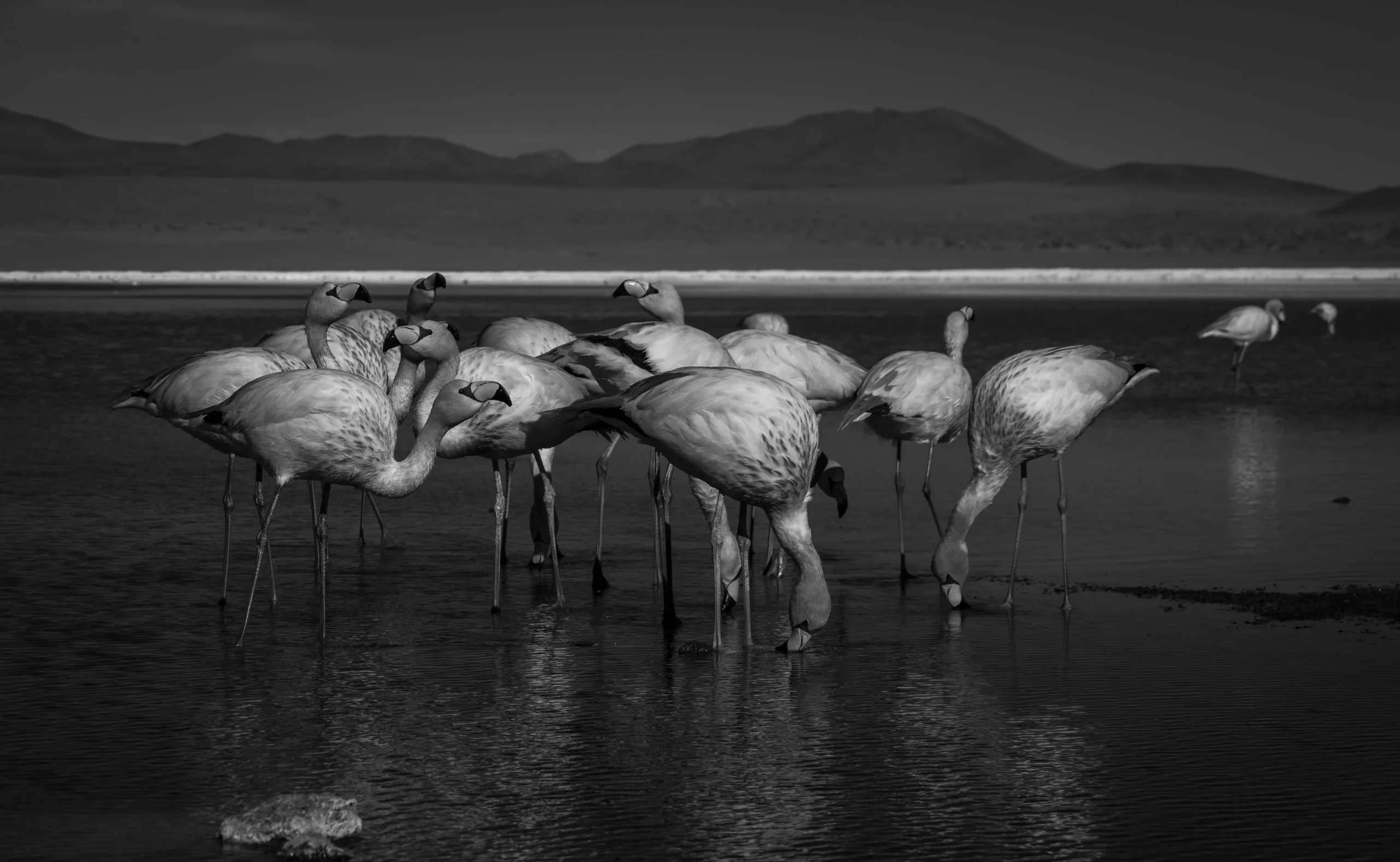
Get started on your trip
It’s never too soon to get in touch, we are here to help with every stage of your planning.
Best Lodges
We regularly inspect and photograph all of the the best lodges, to ensure that we always recommend the most suitable options
Key Locations
Take a look around related locations. Click ‘View more’ to explore locations further afield.
Where Next?
Where Next?
We offer trips to dozens of fabulous countries.
Might one of these might be your next great adventure?

Please rotate your screen.









